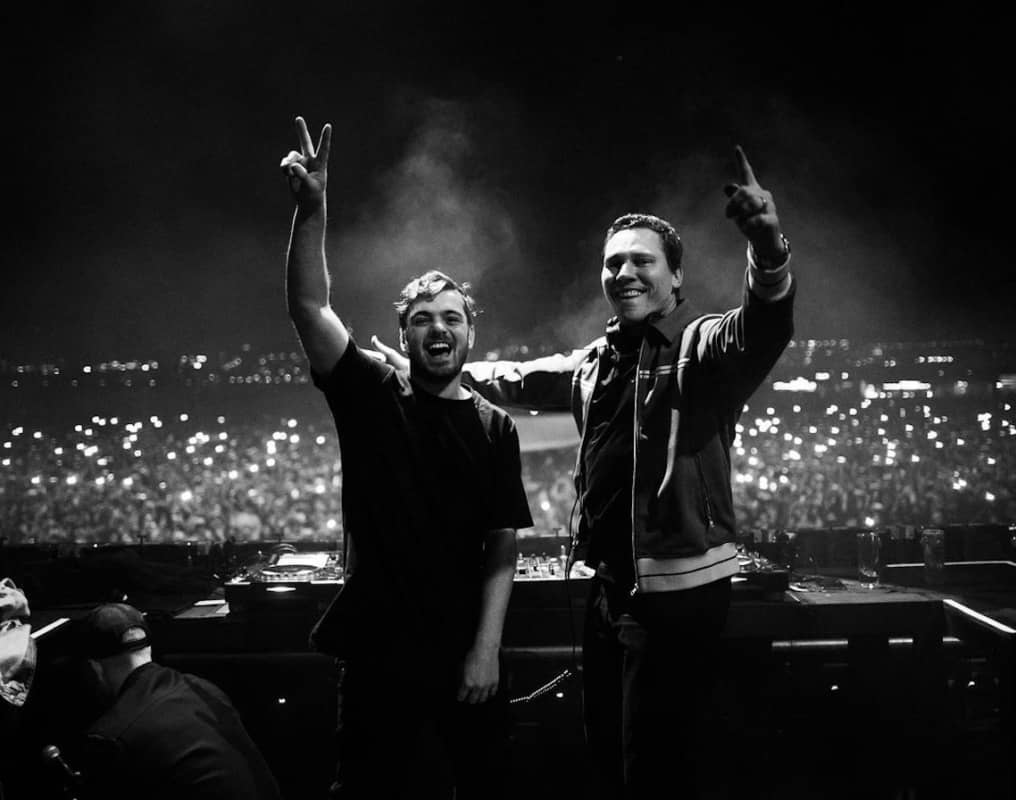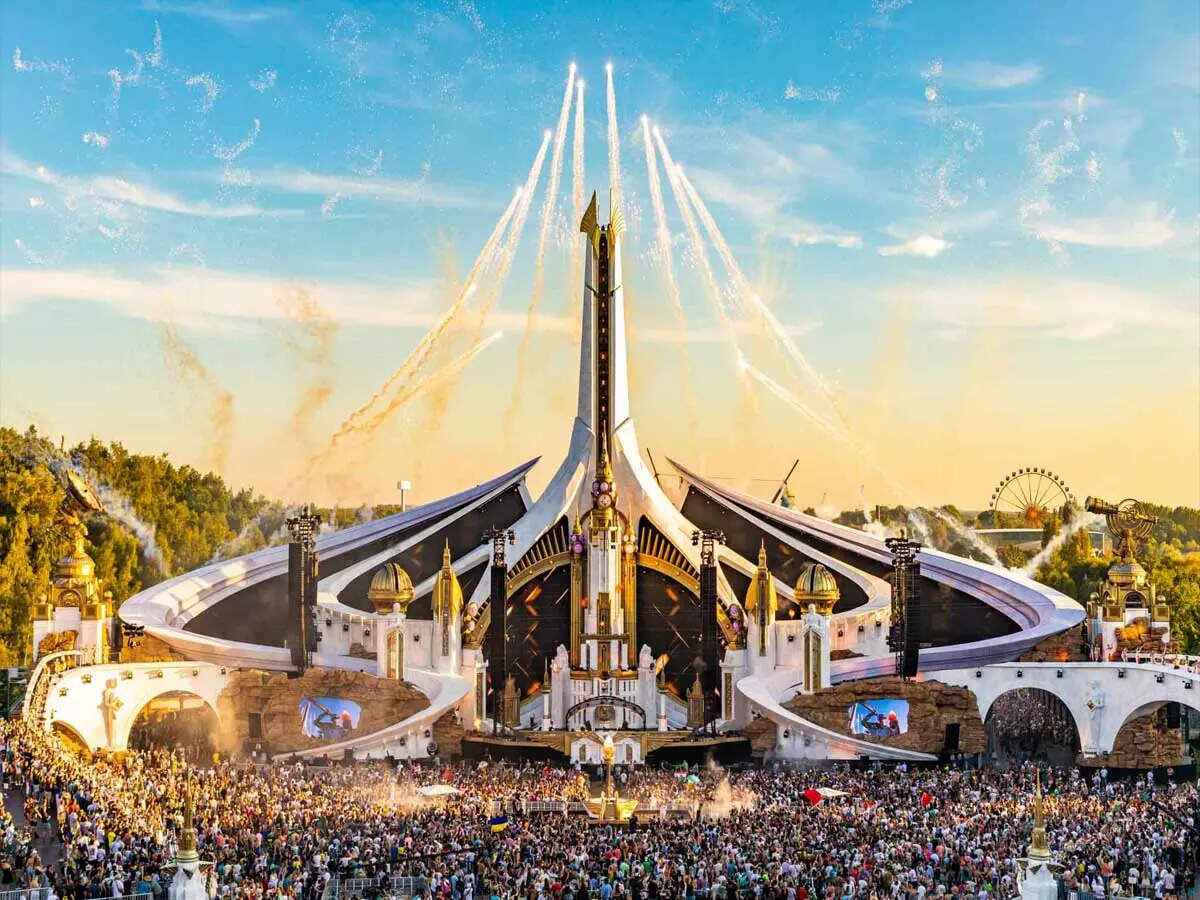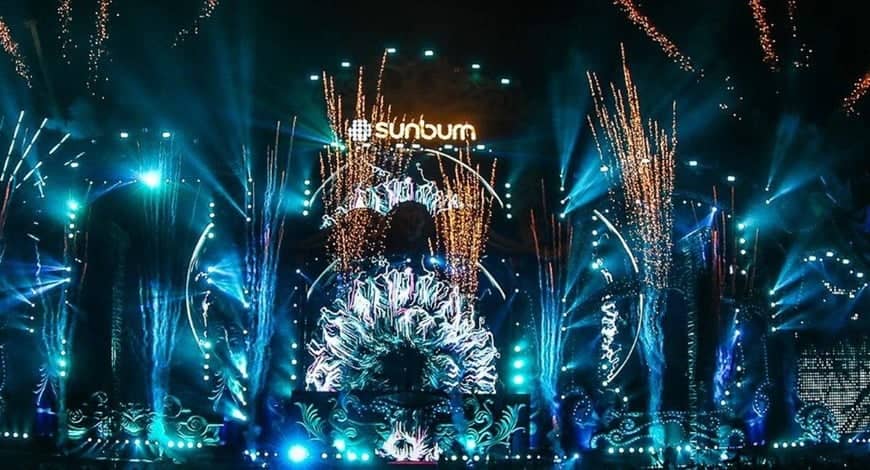Electronic dance music (EDM) has exploded into mainstream music culture over the past decade. A niche genre celebrated by small communities has transformed into a global phenomenon drawing huge crowds at festivals and dominating pop charts. So what explains the meteoric rise of EDM into today’s popular music landscape? There are several driving factors behind its surging popularity:
Energy and Excitement
EDM’s energetic builds, pounding bass drops, and euphoric synths simply make for great party music. The infectious beats get people moving and the melodies engage listeners. EDM merges dance music’s visceral physicality with crowd-pleasing hooks that appeal across demographics. The music provides a thrill rush and release for the audience.
Festival Culture
Much of EDM’s popularity stems from the experience of seeing it live. Massive EDM festivals like Electric Daisy Carnival, Ultra Music Festival, and Tomorrowland draw hundreds of thousands of people who want to share in the communal euphoria. EDM sounds best on huge soundsystems meant to rattle chest cavities and envelop the senses. The live experience can feel almost spiritual.
Social Media
Part of EDM’s explosive growth ties directly to its viral nature online. Songs spread rapidly on platforms like YouTube, Soundcloud, and Instagram, while DJs leverage social media to build direct connections with fans. EDM lends itself to video and memes which benefit from online sharing. Accessibility and community are built into EDM’s DNA.
Pop Crossover Appeal
Mainstream pop music has increasingly incorporated EDM sounds from artists like David Guetta, Calvin Harris, and Major Lazer. Top 40 radio sounds more electronic now and EDM aesthetics have bled into pop production. Collaborations between DJs and pop stars are ubiquitous, exposing EDM to wider passive audiences.
EDM has been able to thrive both as party music for hardcore fans while also garnering mainstream appeal through crossover hits. Powerful live events combined with internet virality make EDM’s popularity self-propelling and constantly expanding into new demographics. The music has become too big and energetic to ignore.











